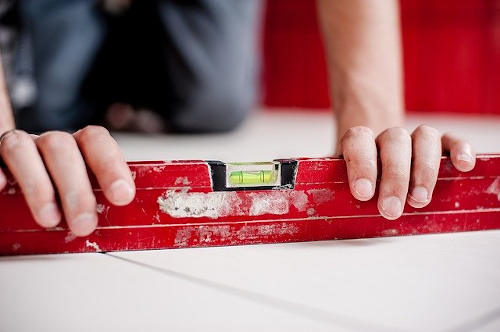In a year marked by unprecedented challenges, the catastrophe bond (cat bond) market has reached a historic high, with issuance hitting a staggering USD 15 billion in 2023, according to Swiss Re Institute.
 This surge not only reflects attractive conditions for investors but also underscores the increasing demand for transferring peak risks, particularly in the face of large natural catastrophes, the report noted.
This surge not only reflects attractive conditions for investors but also underscores the increasing demand for transferring peak risks, particularly in the face of large natural catastrophes, the report noted.
The cat bond market’s resilience has become a pivotal factor in stabilising the global reinsurance landscape.
Despite the record issuance, experts believe it will not significantly alter the supply-demand balance in the reinsurance market, given the flat trajectory of alternative capital since 2017 and the ongoing tightness in the retrocession market.
The alternative capital (AC) market is experiencing a noteworthy shift, as investors increasingly opt to directly invest in (re)insurance risks rather than through traditional (re)insurance companies.
This transition is evident in the cat bond sector, where risk securitisations have become instrumental in directly transferring insurance risks to the capital markets.
The USD 15 billion cat bond issuance in 2023 represents an 8% increase from the previous year, bringing the total capital deployed globally in cat bonds to USD 41 billion. This growth, approximately 4% annually for the past six years, aligns with the expansion of global natural catastrophe exposures.
The recent surge in inflation, coupled with long-term trends such as migration, value accumulation, and climate change, has further boosted exposures, exemplified by a 42% increase in the replacement cost of US residential structures from the end of 2019 to end-2022.
To sustain their critical role in providing capacity for peak risks, cat bonds must continue to experience solid growth, freeing up traditional reinsurance capacity for lower layers.
Investors continue to favour cat bonds due to their attractive risk-return profile and the ability to provide liquidity in the secondary market.
Despite above-average global natural catastrophe losses in recent years, cat bonds have demonstrated a solid track record. Moreover, their reliance on floating rate collateral shields them from valuation losses amid rising interest rates.
While cat bonds are thriving, the overall AC capacity is showing signs of stalling. With total capital deployed around USD 100 billion in 2023, largely unchanged from 2017, collateralised reinsurance (CR) is facing a decline.
Poor returns from unanticipated loss exposures since 2017 have contributed to this downturn, along with competitive disadvantages relative to traditional reinsurance.
Looking ahead to 2024, experts anticipate the market dichotomy in AC to persist. Cat bonds are expected to expand further, while collateralised reinsurance may experience a decline.
Despite a challenging economic landscape, the current hard pricing in the market is seen as a result of a significant step-up in the cost of capital and heightened economic and model uncertainties, rather than a capital crunch.
This reinforces the role of cat bonds in complementing and stabilising the traditional (re)insurance markets, the report noted.
Read more about catastrophe bonds, and all others, in the Deal Directory of our sister publication, Artemis.


